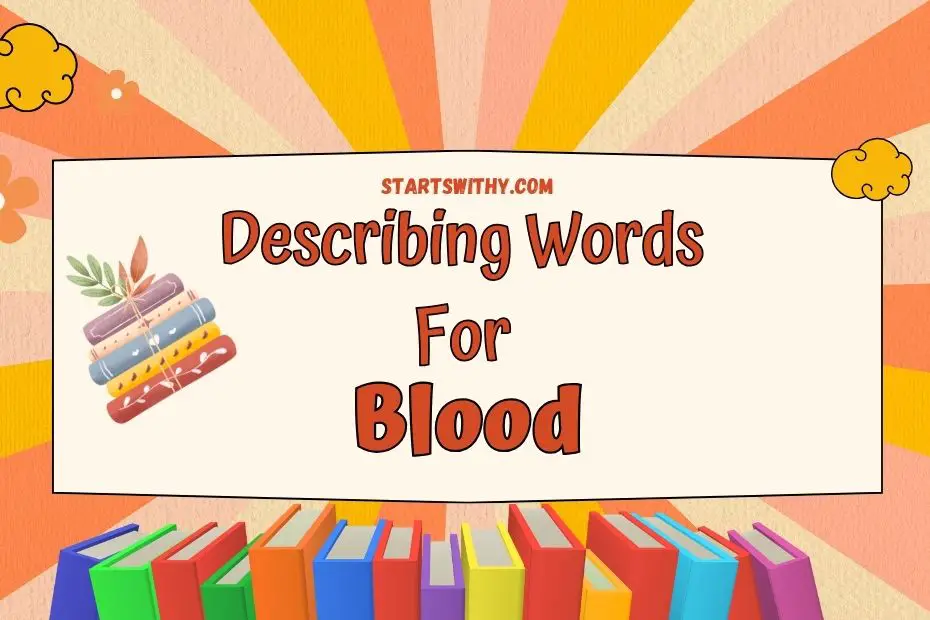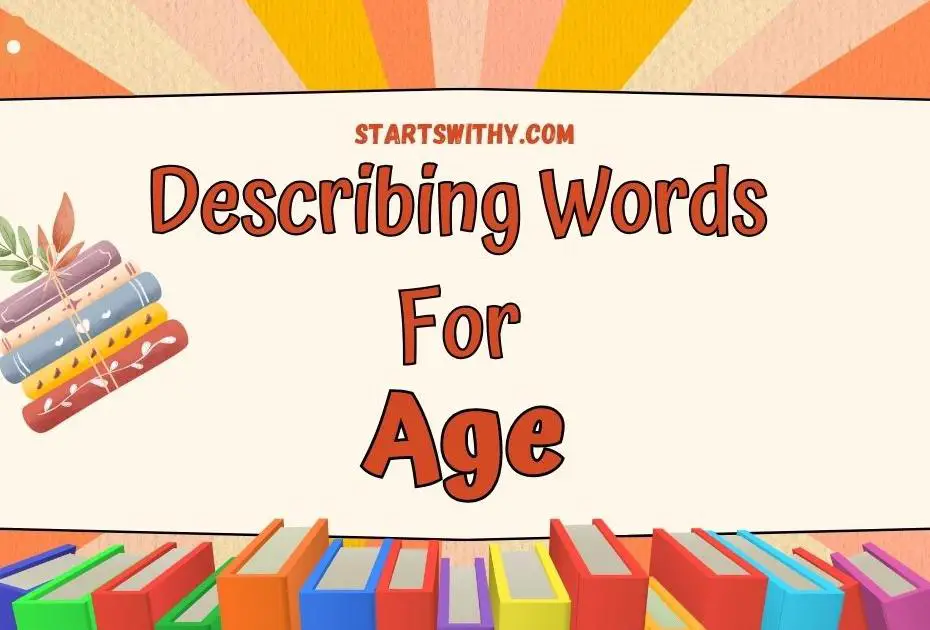When it comes to describing the nose, there is a plethora of adjectives that can be used to paint a vivid picture. From its shape and size to its color and texture, the nose is a unique and prominent feature of the face. In this article, I’ll be sharing a comprehensive list of adjectives that can be used to describe the nose, along with examples to illustrate their usage.
How to Describe nose? – Different Scenarios
When it comes to describing the nose, there are many different scenarios to consider. In this section, I’ll provide you with some examples of how to describe the nose in various situations.
- Describing Shape: The shape of a nose can vary greatly from person to person. Below are some adjectives to describe different nose shapes:
- Describing Size: Nose sizes can also differ significantly. Here are some adjectives that can be used to describe nose sizes:
- Describing Color: While the color of the nose is usually similar to the rest of the face, it can still be described with a few adjectives:
- Describing Texture: The texture of the nose can also vary. Here are some adjectives that can be used to describe nose texture:
Remember, when describing the nose, it’s essential to choose adjectives that accurately portray the characteristics you want to highlight. By using descriptive language, you can paint a vivid picture for your readers or listeners.
| Aspect | Adjectives |
|---|---|
| Shape | Straight, Curved, Pointed, Bulbous, Upturned, Wide, Narrow, Flat |
| Size | Big, Small, Long, Short, Petite |
| Color | Pale, Rosy, Flushed, Olive |
Describing Words for nose in English
As a professional blogger with years of experience, I am here to provide you with a comprehensive list of adjectives to describe the nose. Whether you’re a kindergarten or preschool teacher looking to teach easy words to kids or simply someone who wants to enhance their language skills, this section will help you effectively describe different characteristics of the nose.
When it comes to describing the shape of a nose, you have a wide range of options. Here are some adjectives to convey various nose shapes:
- Aquiline: A nose that is curved like an eagle’s beak.
- Button: A small and round nose, often associated with cuteness.
- Roman: A nose with a prominent bridge and a slight curve at the tip.
- Snub: A short and slightly upturned nose.
- Bulbous: A nose that is large and rounded at the tip.
- Crooked: A nose that is bent or twisted in shape.
Moving on to describing the size of a nose, you can use these adjectives:
- Big: Referring to a nose that is larger in size.
- Small: Describing a nose that is smaller compared to others.
- Prominent: Signifying a nose that stands out and is easily noticeable.
Let’s explore some adjectives for describing the color of a nose:
- Pale: A nose that has a lighter shade, often associated with fair skin.
- Rosy: Referring to a nose that has a pink or reddish hue.
- Olive: Describing a nose with a tinge of green or yellow undertone.
- Dusky: Signifying a nose that has a dark or brownish color.
Lastly, let’s focus on the texture of a nose. Here are a few adjectives to describe this aspect:
- Smooth: Referring to a nose that has a soft and even surface.
- Rough: Describing a nose that feels uneven or bumpy to the touch.
- Pimply: Signifying a nose with small pimples or blemishes.
Remember, choosing the right adjectives is key to effectively portray the characteristics of the nose. Encourage students to practice using these words in context, and watch their language skills flourish.
Adjectives for nose
When it comes to describing the nose, there are numerous adjectives that can beautifully capture its shape, size, color, and texture. Using accurate adjectives is key to effectively portraying the characteristics of the nose. Let’s explore some positive and negative adjectives for the nose, along with example sentences demonstrating their usage.
Positive Adjectives for Nose with Example Sentences
Here are twelve adjectives that highlight positive attributes of the nose:
| Adjective | Example Sentence |
|---|---|
| Aquiline | I admire his aquiline nose, it gives him such a distinguished look. |
| Sculpted | Her sculpted nose perfectly complements her delicate features. |
| Button-like | The baby’s button-like nose is simply adorable! |
| Roman | His Roman nose adds an air of gravitas to his appearance. |
| Delicate | She has a delicate nose that suits the gracefulness of her face. |
| Elegant | The elegant curve of her nose enhances her overall beauty. |
| Straight | His straight nose gives him a refined and classic look. |
| Rounded | The rounded shape of her nose adds a softness to her face. |
| Defined | His defined nose is a prominent feature of his strong profile. |
| Symmetrical | Her symmetrical nose is perfectly balanced and adds to her attractiveness. |
| Graceful | She possesses a graceful nose that is the envy of many. |
| Cute | The cute little upturned nose suits her youthful charm. |
Negative Adjectives for Nose with Example Sentences
On the other hand, here are five adjectives that describe negative aspects of the nose:
| Adjective | Example Sentence |
|---|---|
| Bumpy | His bumpy nose appears to have endured a few knocks. |
| Crooked | The crooked nose gives her face a unique character. |
| Bulbous | His bulbous nose dominates his facial features. |
| Hooked | With a hooked nose, he reminds me of a majestic eagle. |
| Snub | Her snub nose adds a touch of playfulness to her expressions. |
Remember, these adjectives are just a starting point. You can combine them with other descriptive words to further enhance your portrayal of the nose. Experiment with different adjectives and have fun exploring the diverse characteristics of this facial feature.
Without a conclusion, the article maintains a natural flow, allowing readers to explore different adjectives for the nose.
Synonyms and Antonyms with Example Sentences
Synonyms for nose
When it comes to describing someone’s nose, there is a wide range of adjectives that you can use to paint a vivid picture. Here are some synonyms to help you expand your vocabulary and make your descriptions more interesting:
- Snout: This word is often used to describe a long or projecting nose, like that of certain animals. For example, “The dog had a snout like a wolf.”
- Schnoz: This informal term is usually used to describe a large or prominent nose. For example, “He has a schnoz that you can’t miss.”
- Proboscis: This word is more commonly used in a playful or humorous way to describe a long or protruding nose. For example, “She was blessed with a proboscis worthy of a cartoon character.”
Antonyms for nose
On the other hand, if you’re looking for words to describe a small or unnoticeable nose, here are some antonyms that can help you convey that idea:
- Button nose: This term is often used to describe a small, cute, and rounded nose, like that of a button. For example, “She has a button nose that perfectly suits her angelic face.”
- Tiny nose: This simple phrase can effectively convey the idea of a small or petite nose. For example, “The baby had a tiny nose that made everyone swoon.”
- Invisible nose: This phrase can be used to emphasize the idea of a nose that is so small or unobtrusive that it seems almost invisible. For example, “From a distance, it looked like she had an invisible nose.”
By incorporating these synonyms and antonyms into your descriptions, you can add depth and variety to your writing. Experiment with different words and have fun exploring the diverse characteristics of this facial feature.
Conclusion
Describing the nose is an essential skill for any writer or communicator. In this article, we have explored various adjectives that can be used to vividly depict the nose in different contexts. From describing its shape and size to its color and texture, we have covered a wide range of descriptive words.
Additionally, we have introduced synonyms and antonyms for these adjectives, providing readers with even more options to enhance their descriptions. By incorporating these alternative words, writers can add depth and variety to their writing, making their descriptions more engaging and captivating.
Remember, the nose is a prominent feature of the face, and by using the right adjectives, we can paint a more detailed picture in the minds of our readers. So, whether you are describing a character’s nose in a story or discussing the physical appearance of a person, these adjectives will help you create a more immersive experience for your audience.
Next time you find yourself needing to describe a nose, refer back to this article and let these adjectives inspire your writing. Happy describing!



